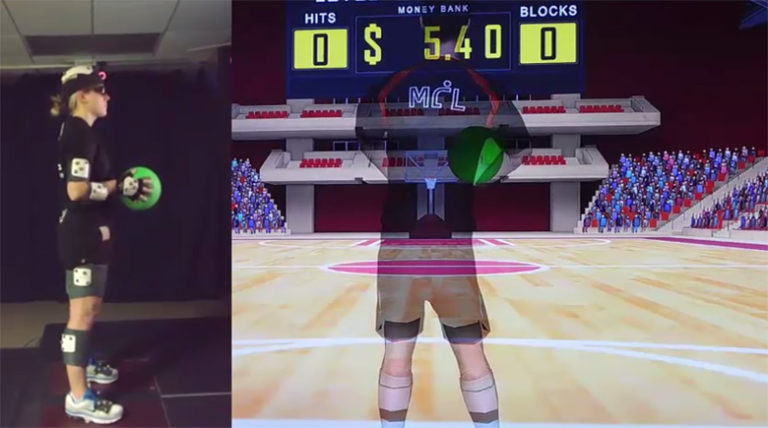Abstract
Objective: Starting from an upright standing posture and reaching for a target that requires some forward bending of the trunk can involve many different configurations of the trunk and limb segments. We sought to determine if configurations of the limb and trunk segments during our standardized full-body reaching tasks were influenced by the visual environment. Methods: This study examined movement patterns of healthy participants (n=17, 8 female, 9 male) performing full body reaching tasks to 1) real-world targets, 2) virtual targets presented on a 3D television, and 3) virtual targets presented using a head-mounted display. For reaches performed in the virtual world, the avatar was presented from a third-person perspective for the 3D television and from a first-person perspective for the head-mounted display. Results: Reaches to virtual targets resulted in significantly greater excursions the ankle, knee, hip, spine, and shoulder compared to reaches made to real-world targets. This resulted in significant differences in the forward and downward displacement of the whole-body center of mass between the visual environments. Conclusions: Visual environment clearly influences how subjects perform full-body reaching tasks to static targets. Because a primary goal of virtual reality within rehabilitation is often to restore movement following orthopedic or neurologic injury, it is important to understand how visual environment will affect motor behavior. The present findings suggest that existing game systems that track and present avatars from a third-person perspective elicit significantly different motor behavior when compared to the same tasks being presented from a first-person perspective.

